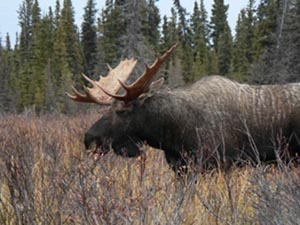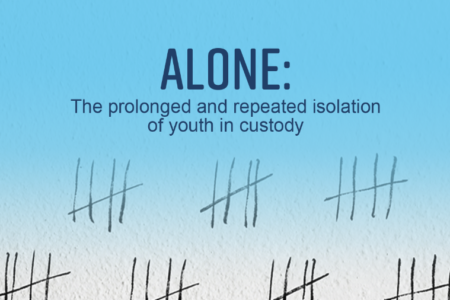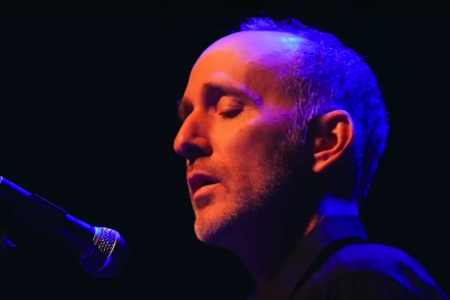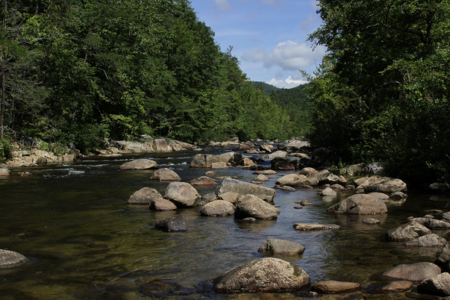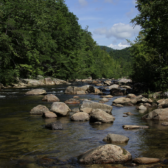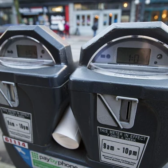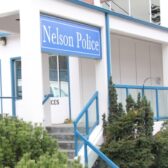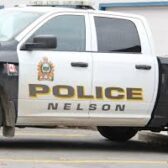Resident Hunters Not Happy about Revision to Hunting Allocations
After weeks of protest, petitioning and lobbying by BC’s resident hunting community, Minister Steve Thomson announced Friday that he was revising the limited entry hunting allocations (LEH) for the province.
But local Nelson Rod and Gun director Wally Kampen said the changes were minimal.
“It’s a very small step in the right direction,” said Kampen.
The issue of who gets to hunt what has been a heated controversy ever since the provincial government announced on December 10 that it was increasing the non- residents’ share of the limited entry animals allowed to be killed.
These include grizzlies, moose, goat, sheep and elk and mean that in some parts of the province, the guide and outfitters portion of LEH is as high as 40 percent.
“In most states and other parts of Canada, non- residents share is no more than five to 10 percent,” said Kampen.
Letters of protest, a petition drive by the BC Wildlife Federation that collected more than 14,000 names, even a march on Premier Clark’s constituency office in Kelowna have occurred since the December 10 announcement.
For hunters in the Kootenays (Zone 4) the February 6 announcement means resident hunters’ share of the grizzly bear hunt has increased eight percent— from 60 percent to 68 percent.
But few resident hunters are interested in grizzlies, said Kampen. “Bears, goat and sheep are the big ticket items for the guide and outfitters.”
Kampen said most residents are hunting for moose and elk.
The quota remains the same for bull moose in Zone 4, 80 percent are allocated to resident hunters, 20 percent to non resident hunters— a doubling for the non resident hunters from 2014.
Kampen said the allocations are “very misleading,” because there are some areas, such as the West Kootenay, who have very few guide and outfitters. He thinks the doubling of the allowable kill for the non residents in some instances is a way of compensating the guide and outfitters.
There are 34 hunts in the province that need to be allocated between resident hunters and non-resident hunters.
The revision of allocation splits apply to bull elk and either sex elk on Vancouver Island, moose in the Thompson and Omineca regions, bison in the Peace region, and bighorn sheep and grizzly bear in the Kootenays.
Overall, the number of animals transferred to guide outfitters from resident hunters as a result of the February 6 decision is about 60 animals when compared to 2014.
Of the 45,700 animals killed by resident hunters each year in B.C., about 8 per cent are on allocation.
“While resident hunters are a higher priority than non-residents, this does not imply that resident demand must be fully satisfied before non-residents can be granted harvest opportunities. Instead, it means that the share that goes to residents is considerably greater than the share that goes to non-residents, “ said a government fact sheet that accompanied the announcement.
There are approximately 245 licensed guide and outfitters and more than 102,000 resident hunters, up from 82,000 ten years ago.
“We need to come a lot closer to an acceptable allocation until we’re happy,” said Kampen, who sits on the provincial committee of the BC Wildlife Federation.
“We may need a shift in politics in the province, because we’re not going to stop short of that.”
As the controversy over the past eight weeks has grown, media reports indicate that so, also, has the rift between the resident hunters and the guide and outfitters.
Vandalism and car theft targeting the BC Guide and Outfitters have been reported as the dispute continues.



